Modern agriculture relies on tools that can maintain efficiency while supporting sustainability. Among these, the Agricultural Centrifugal Pump has become a key component in improving water management for farms. Designed to handle large volumes of water with consistent performance, this pump helps farmers distribute resources effectively across fields of various sizes. By integrating advanced engineering with practical functionality, the Agricultural Centrifugal Pump plays a role in enhancing crop growth and reducing water waste.
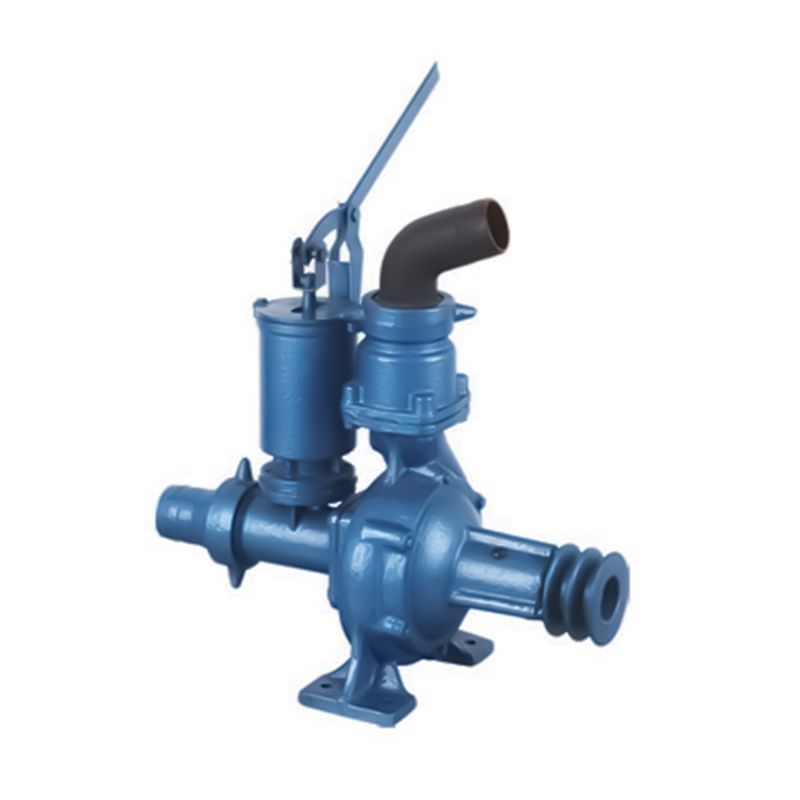
In many regions, irrigation remains a critical factor for successful farming. Traditional methods often demand significant labor and may not ensure uniform water coverage. A Self-Priming Pump for Water addresses these challenges by allowing water to be drawn from ponds, rivers, or reservoirs without manual priming. Its ability to start automatically simplifies operations and ensures that crops receive steady hydration even during peak seasons. The combination of a Self-Priming Pump for Water with conventional irrigation systems brings flexibility to water distribution schedules.
Farmers have noticed that implementing an Agricultural Centrifugal Pump can reduce dependency on manual labor while increasing the reliability of water delivery. Its design less the risk of airlocks, ensuring continuous flow even when suction conditions vary. Meanwhile, the Self-Priming Pump for Water adds convenience in situations where water sources are located below the pump’s level. Together, these pumps create a system where water reaches all corners of the field efficiently, improving both soil health and crop yield consistency.
Water conservation has become a central concern in agriculture. The Agricultural Centrifugal Pump supports sustainable irrigation practices by enabling precise control over flow rates. Farmers can adjust settings according to soil type, crop requirements, and seasonal conditions, reducing runoff and avoiding unnecessary water consumption. A Self-Priming Pump for Water complements this by maintaining a stable supply, even from distant or low-lying water sources, making irrigation more adaptable to environmental changes.
Beyond irrigation, the Agricultural Centrifugal Pump finds applications in draining waterlogged areas, supplying water for livestock, and circulating water in hydroponic systems. Its versatility demonstrates how a single piece of equipment can contribute to multiple facets of farm management. Similarly, the Self-Priming Pump for Water proves valuable in tasks that require consistent water transfer without complex setup, including temporary field operations or emergency water supply scenarios.
Integration of modern pumps also encourages experimentation with innovative farming methods. The Agricultural Centrifugal Pump supports the implementation of drip and sprinkler irrigation, which can improve water distribution precision. Meanwhile, the Self-Priming Pump for Water allows small-scale and medium-sized farms to access water more reliably, creating opportunities for diverse planting schedules and crop rotation practices. Over time, these pumps contribute to a more resilient agricultural ecosystem.
Maintenance and durability are additional advantages of using these pumps. The Agricultural Centrifugal Pump is designed to operate under continuous conditions with small wear, while a Self-Priming Pump for Water requires only routine inspections to maintain performance. Their long-term reliability reduces downtime, ensuring that water management remains uninterrupted during critical farming periods.
The Agricultural Centrifugal Pump represents a practical advancement in modern farming techniques, combining efficiency, adaptability, and durability. When paired with a Self-Priming Pump for Water, it enhances water accessibility and irrigation control, providing farmers with tools to manage resources effectively. By supporting diverse applications—from field irrigation to livestock watering—these pumps contribute to a more productive and sustainable agricultural landscape.

 English
English русский
русский Español
Español
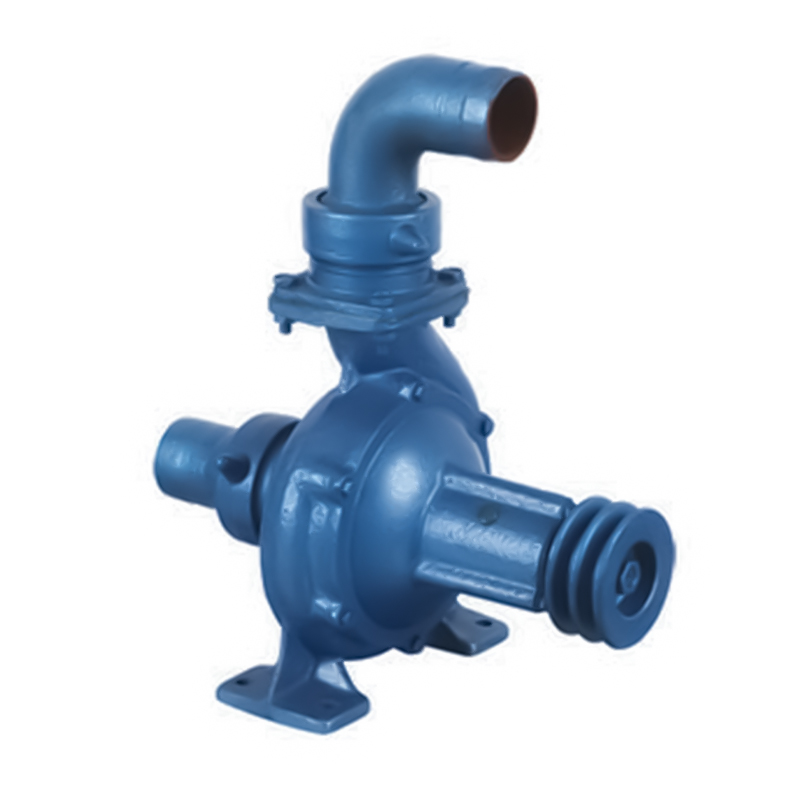
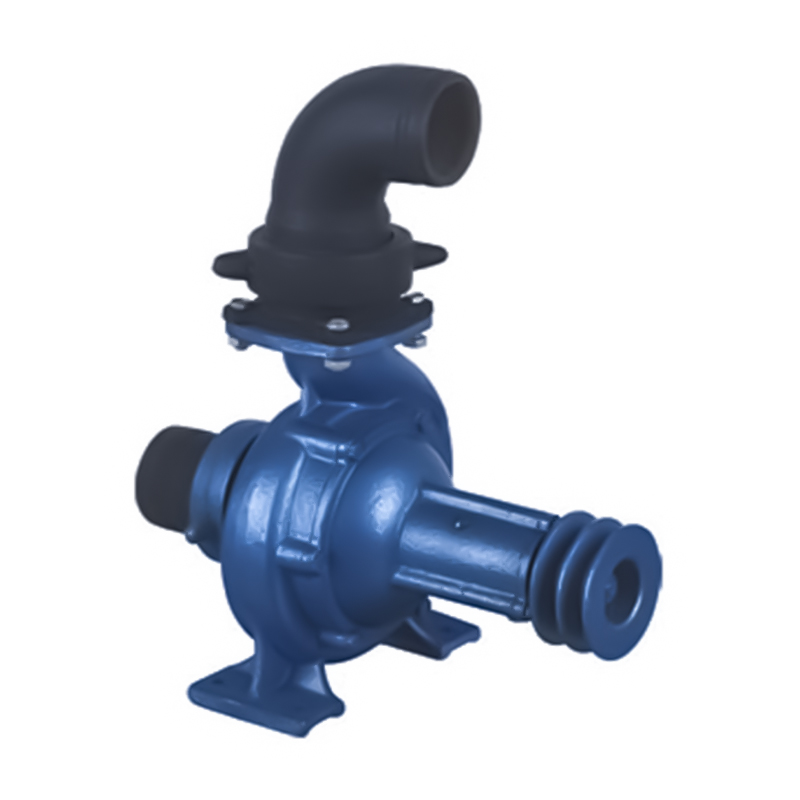
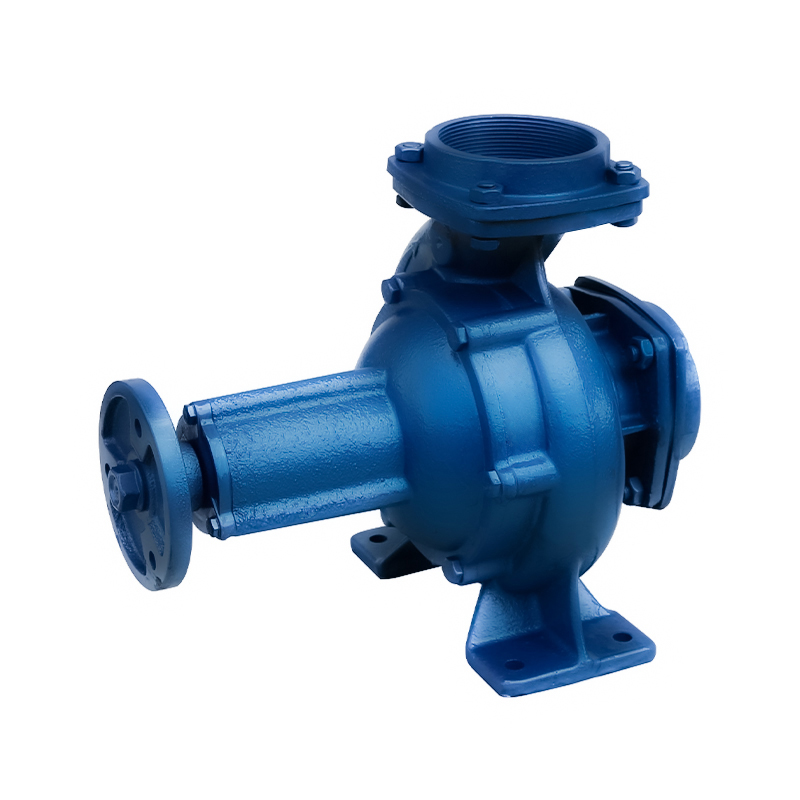
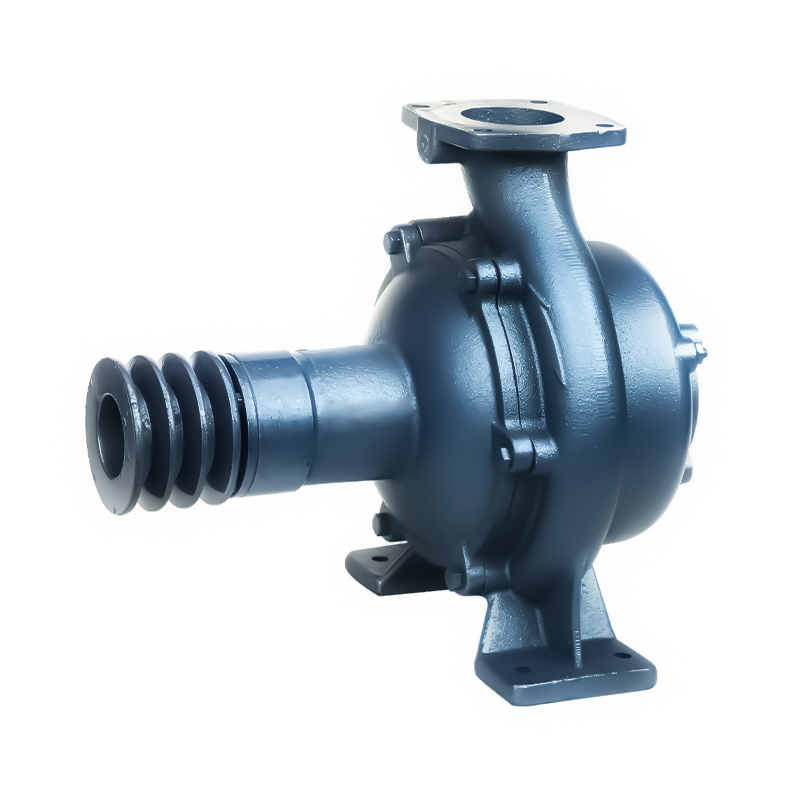
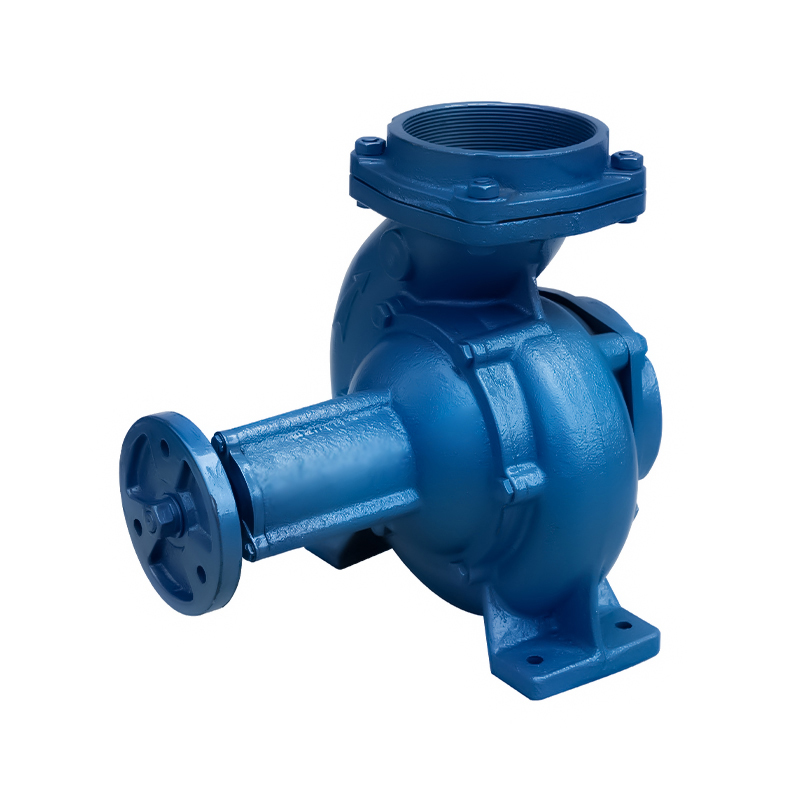
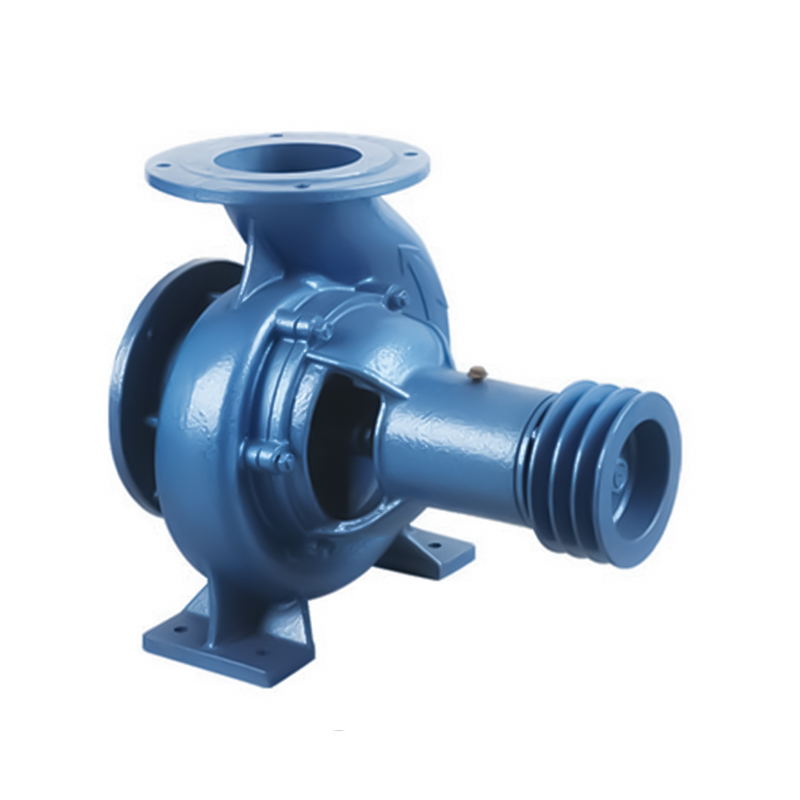
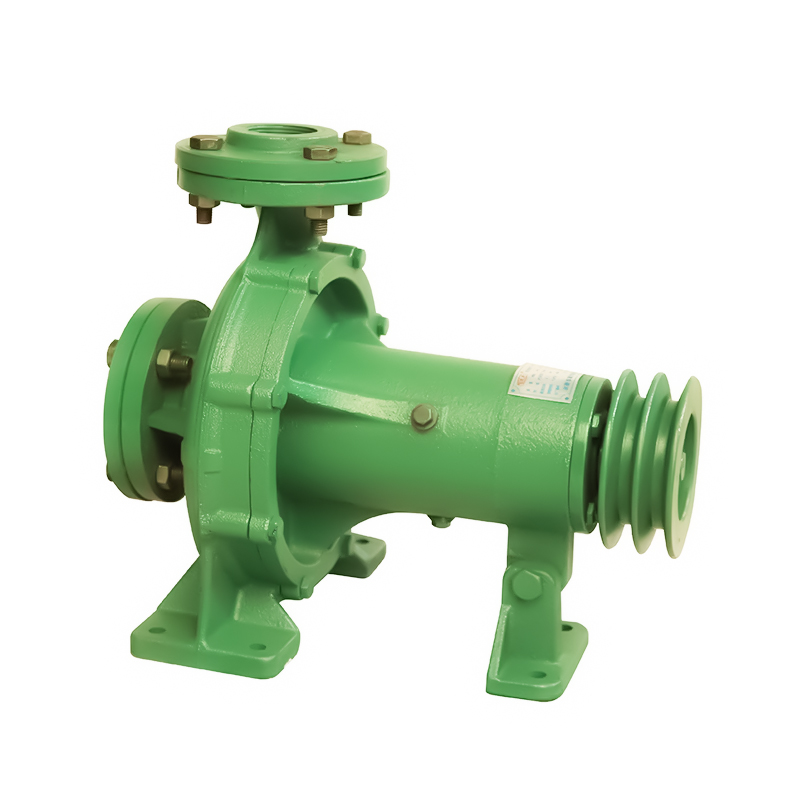

 Email:
Email:
 Phone:+86-13605899207
Phone:+86-13605899207

